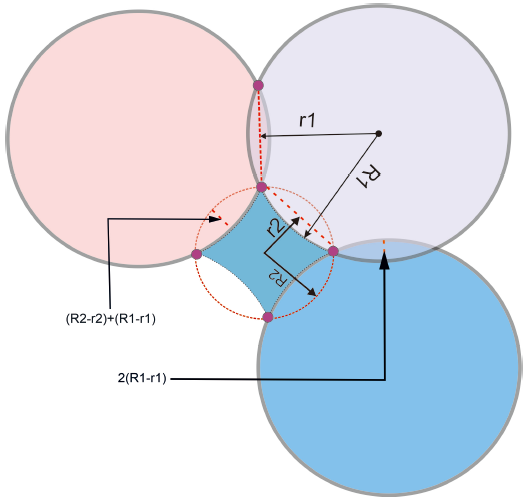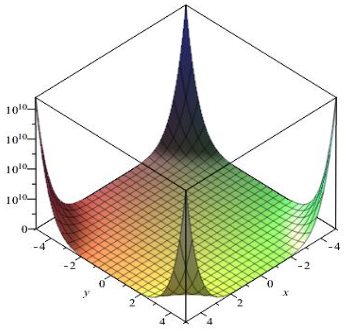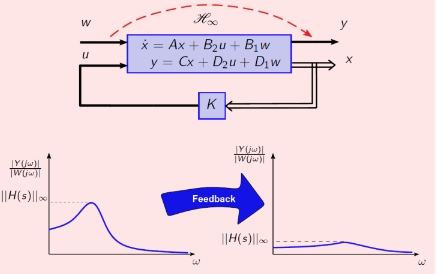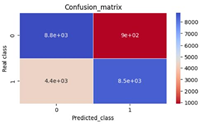Gravitational redshift explained as a Doppler Effect in uniformly accelerated frames
Abstract
Einstein predicted a change in the energy of photons in the proximity of a gravitational field, the change being directly proportional with the distance from the gravitational source. In the following, we will present an approach to the experiment relying on the Einstein Equivalence Principle and on the recently derived expressions of the Doppler Effect for uniformly accelerated motion of the source and the receiver. We will conclude with a chapter on the numerical limits of applicability of the described method.
References
[1]Pound RV, Rebka GA Jr. Resonant absorption of the 14.4-kev gamma Ray from 0.10-µsec Fe57. Physical Review Letters. 1959; 3(12): 554. doi: 10.1103/PhysRevLett.3.554
[2]Pound RV, Snider JL. Effect of gravity on nuclear resonance. Physical Review Letters. 1964; 13(18): 539-540. doi: 10.1103/physrevlett.13.539
[3]Vessot RFC, Levine MW, Mattison EM, et al. Test of relativistic gravitation with a space-borne hydrogen maser. Physical Review Letters. 1980; 45(26): 2081-2084. doi: 10.1103/physrevlett.45.2081
[4]Einstein A. On the electrodynamics of moving bodies. Annalen der Physik. 1905; 17: 891-921.
[5]Will CM. The confrontation between general relativity and experiment. Living Reviews in Relativity. 2001; 4(1): 4. doi: 10.12942/lrr-2001-4
[6].Niebauer TM, Sasagawa GS, Faller JE, et al. A new generation of absolute gravimeters. Metrologia. 1995; 32(3): 159-180. doi: 10.1088/0026-1394/32/3/004
[7]Sfarti A. QED-based derivation of the general forms of the relativistic Doppler effect and of the relativistic aberration for uniformly rotating frames and for uniformly accelerated frames. Modern Physics Letters A. 2022; 37: 37n38. doi: 10.1142/s0217732322502388
Copyright (c) 2024 A. Sfarti

This work is licensed under a Creative Commons Attribution 4.0 International License.











